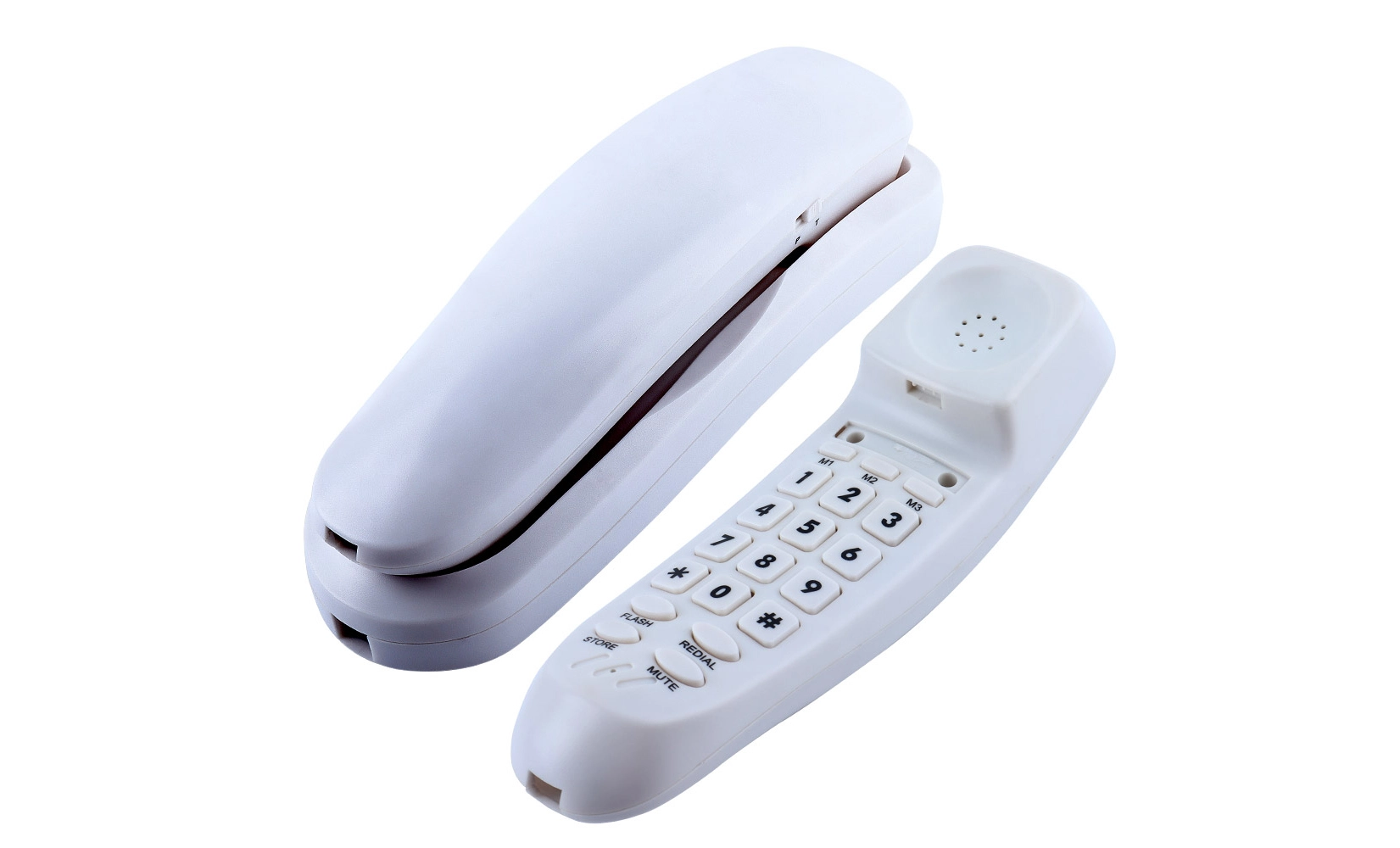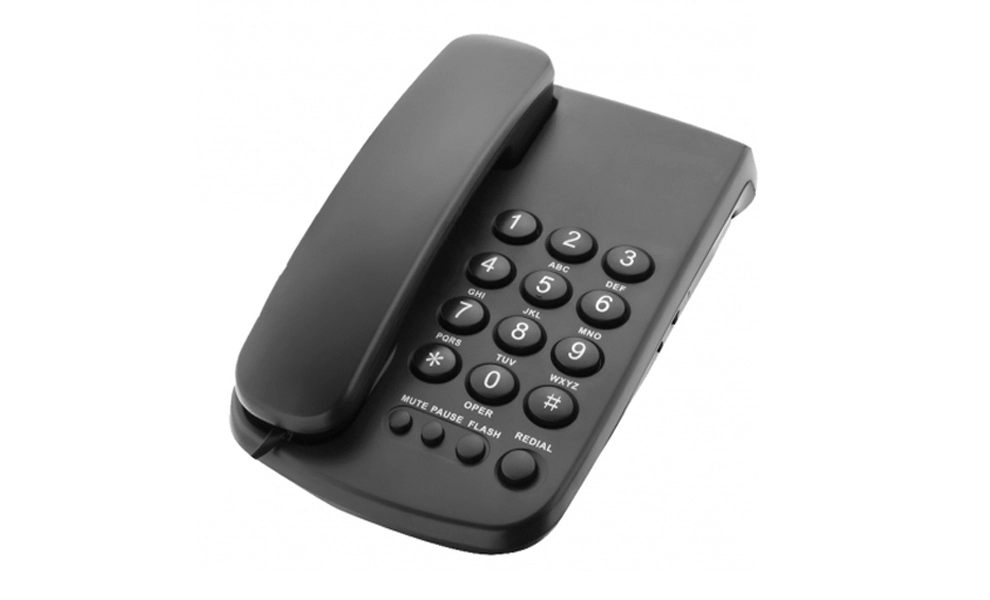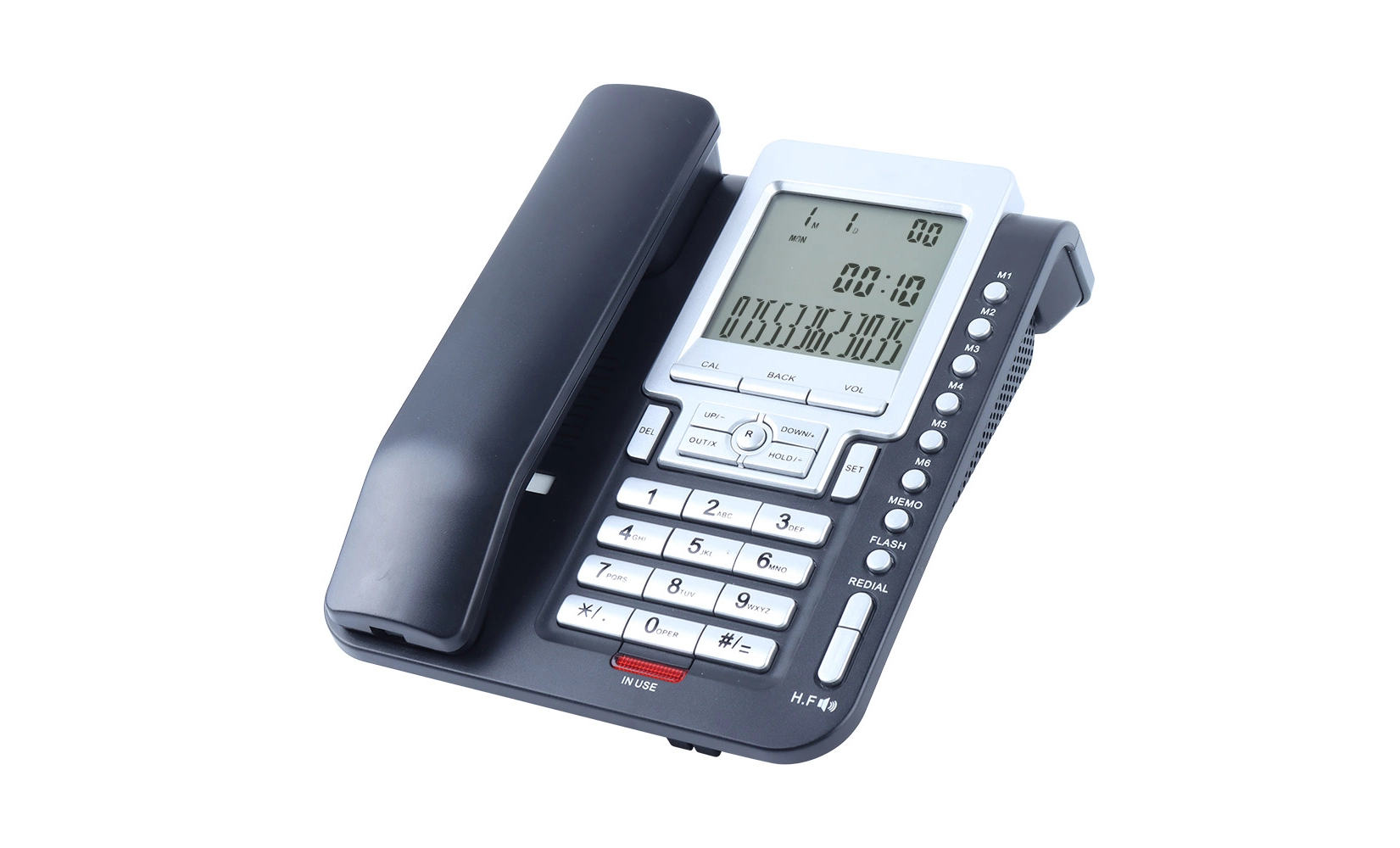The Technology Inside: How the Original Trimline Telephone Actually Worked?
The original trimline telephone, introduced by Western Electric in 1965, revolutionized phone design with its sleek profile and innovative technology. This groundbreaking device integrated the dial directly into the handset, eliminating the bulky base of traditional phones. The Trimline achieved this feat through miniaturization of components and clever engineering. It utilized a unique rotary dial mechanism that transmitted electrical pulses through the handset cord to the phone line. The ringer and hook switch were housed in a compact base unit, while the handset contained the microphone, speaker, and dialing mechanism. This ingenious design allowed for a streamlined appearance while maintaining full functionality, marking a significant leap forward in telephone technology.
The Evolution of Telephone Design: From Bulky to Streamlined
The journey of telephone design from its inception to the Trimline model is a fascinating tale of technological progress and aesthetic evolution. Early telephones were cumbersome devices, with separate mouthpieces and earpieces connected to large wooden boxes housing the necessary components. As technology advanced, phones became more compact, but still maintained a clear separation between the handset and the base unit containing the dial.
The introduction of the Trimline telephone in 1965 marked a paradigm shift in this established design. By integrating the dial directly into the handset, Western Electric created a phone that was not only more visually appealing but also more ergonomic and space-efficient. This innovative approach to telephone design was a response to the growing demand for sleeker, more modern-looking devices that could complement contemporary home and office decor.
Key Design Features of the Trimline Telephone
- Integrated dial in the handset
- Slim profile base unit
- Lighted dial for nighttime use
- Available in both rotary and push-button versions
- Variety of colors to match different interiors
The Trimline's success prompted other manufacturers to follow suit, leading to a new era of telephone design that prioritized form alongside function. This shift not only changed the aesthetics of telephones but also influenced consumer expectations, paving the way for future innovations in telecommunications devices.
The Inner Workings: Trimline's Innovative Circuitry and Mechanics
The Trimline telephone's revolutionary design was made possible by significant advancements in miniaturization and clever engineering solutions. At the heart of its operation was a complex system of circuitry and mechanical components that allowed for the integration of dialing functions into the handset while maintaining clear audio transmission.
Miniaturized Components
One of the key technological achievements of the Trimline was the miniaturization of components. Traditional telephone circuitry was condensed to fit within the slim handset, a feat that required innovative design and manufacturing techniques. This included the use of smaller resistors, capacitors, and other electronic components that could perform the necessary functions in a fraction of the space.
Dial Mechanism
The dial mechanism in the Trimline was a marvel of compact engineering. In the rotary version, a small gear system translated the rotary motion of the dial into electrical pulses. These pulses were then transmitted through the handset cord to the base unit and onto the telephone line. The push-button version, introduced later, used a different mechanism but followed the same principle of generating pulses or tones within the handset.
Audio Transmission
Despite the integration of dialing components, the Trimline maintained excellent audio quality. This was achieved through careful isolation of the audio circuits from the dialing mechanism and the use of high-quality microphones and speakers. The handset cord contained additional wires to separate the audio signals from the dialing pulses, ensuring clear communication.
Ringer and Hook Switch
While the handset contained the dialing and audio components, the base unit housed the ringer and hook switch. The ringer was designed to be compact yet loud enough to be heard throughout a room. The hook switch, which detected when the handset was lifted or replaced, was engineered to be reliable and long-lasting, as it would be used frequently throughout the phone's life.
This ingenious distribution of components between the handset and the base allowed for the Trimline's distinctive slim profile while retaining all the functionality of a standard telephone. It was a testament to the engineering prowess of the time and set a new standard for telephone design.
The Legacy of the Trimline: Impact on Modern Telecommunications
The Trimline telephone's influence extends far beyond its initial popularity in the 1960s and 1970s. Its innovative design and technology laid the groundwork for many developments in modern telecommunications, shaping both the form and function of communication devices we use today.
Influence on Landline Phone Design
The Trimline's sleek profile and integrated dial became a template for many subsequent landline phone designs. Its emphasis on ergonomics and aesthetics alongside functionality influenced manufacturers for decades, leading to a wide array of stylish and user-friendly home and office phones.
Precursor to Mobile Phone Technology
In many ways, the Trimline can be seen as a precursor to mobile phone technology. Its compact, all-in-one design philosophy is reflected in the smartphones we use today. The idea of having all necessary components in a handheld device was pioneered by the Trimline and taken to its logical conclusion with modern mobile phones.
Impact on User Experience Design
The Trimline telephone's user-centric design, with its easily accessible dial and comfortable handset, set new standards for user experience in telecommunications devices. This focus on user comfort and convenience has become a crucial aspect of all modern communication technology design.
Technological Innovation
The miniaturization techniques developed for the Trimline paved the way for further advancements in electronic component design. These innovations contributed to the ongoing trend of creating smaller, more powerful devices across all areas of consumer electronics.
While the specific technology of the Trimline may now be obsolete, its legacy lives on in the principles of design and engineering that it exemplified. From the smartphones in our pockets to the sleek VoIP phones in modern offices, the influence of this groundbreaking device continues to be felt in the world of telecommunications.
Conclusion
The original Trimline telephone stands as a testament to the power of innovative design and engineering in transforming everyday objects. Its sleek profile and integrated dial not only changed the aesthetic of telephones but also pushed the boundaries of what was technologically possible at the time. The miniaturization techniques and clever component distribution that made the Trimline possible laid the groundwork for future advancements in telecommunications and electronics.
From its influence on subsequent landline phone designs to its role as a precursor to mobile phone technology, the Trimline's impact on modern telecommunications is undeniable. Its legacy serves as a reminder of how a single innovation can shape an entire industry and influence consumer expectations for generations to come.
As we continue to push the boundaries of communication technology, it's worth looking back at innovations like the Trimline telephone. They remind us that groundbreaking advancements often come from rethinking established norms and finding creative solutions to everyday challenges. The spirit of innovation that drove the creation of the Trimline continues to inspire designers and engineers in the telecommunications industry today, ensuring that we'll continue to see exciting developments in how we connect and communicate with one another.
Reliable analog trimline phones built to last daily use | CHEETA
Shenzhen Cheeta Technology Co., Ltd. stands out as a premier analog telephone manufacturer with over 18 years of expertise in OEM/ODM services. Our state-of-the-art 1,200㎡ facility, staffed by 100+ skilled workers and 10 senior engineers, produces 1,000 analog units daily, ensuring rapid delivery. We prioritize quality, adhering to CE and ROHS standards and implementing an 11-step inspection process, resulting in a remarkably low failure rate of under 1%. Our commitment to innovation is evident in our weekly design sessions and global case studies, allowing us to swiftly adapt to customer needs. Experience the CHEETA difference in reliable, customizable analog communication solutions. For more information, contact us at allen@cheeta.com.cn.
References
1. Young, J. H. (1991). "The Trimline Telephone: A Design Classic." Journal of Design History, 4(3), 167-180.
2. Smith, R. B. (1985). "The Evolution of Telephone Technology." IEEE Communications Magazine, 23(5), 12-19.
3. Brown, L. (2000). "Innovation in Telecommunications: The Trimline Revolution." Technology and Culture, 41(1), 51-76.
4. Johnson, M. (1995). "Miniaturization Techniques in Early Electronic Devices." Proceedings of the IEEE, 83(7), 1024-1035.
5. Thompson, E. (2005). "From Candlestick to Trimline: The Impact of Design on Telephone Usage." American Journal of Sociology, 110(6), 1589-1621.

Kindly inform us your interested product and your detailed requirement, so that we can give you a best suggestion.

Shenzhen Cheeta Technology Co., Ltd – Leading Communication Telephone Manufacturer



